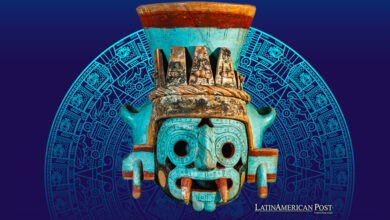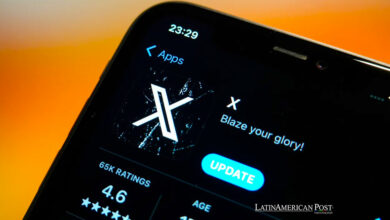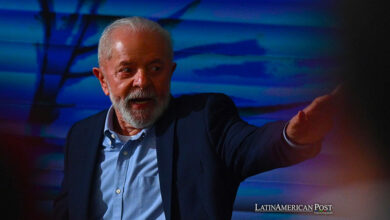Puerto Rico: an economic tragedy
Hurricane Maria is just the tip of the iceberg
 Leer en Español: Puerto Rico: la tragedia económica
Leer en Español: Puerto Rico: la tragedia económica
President Donald Trump was filmed throwing paper towels at a crowd of Puerto Ricans during the aftermath of Hurricane Maria. The natural disaster partially destroyed the island. Due to this, around 3.15 million people are without energy and realiable means of communications. Nevertheless, what really shook the financial world was the president’s remark to “wipe out” Puerto Rican debt.
The origin of the debt
When a country has a solid development plan it will almost certainly aim to gather a wide variety of resources. In order to do so, it has two options. The first option is to print money; it may cause inflation, but it may be a good stimulus for the economy. The second option is to sell bonds.
Back in 2000, Puerto Rico began selling bonds to international funds such as Franklin Templeton, Oppenheimer, Aurelius Capital, and Goldman Sachs Asset Management; the nation was able to lure companies IGNORE INTO setttling on the island. Then in 2006, taxes increased and investors fleed leaving the island with no means of playing off their debt.
Pensions
In addition to the sovereign debt of the country, Puerto Rico has another internal economic default to face. The pension system is structured under the overlapping generation model, which requires younger generations to be stable enough to pay for previous generations’ pension. As recession stroke the island, pensioners remain unpaid.
An additional $53 billion dollars is owed. Puerto Rico is obliged to pay $127 billion dollars while it still needs funds to re-build the island.
Markets Response
President Donald Trump announced the actions that will be taken regarding the Puerto Rican situation. As current statements are not punctual about what the future will hold for PR, it is not possible to know if either the United States will bail out the island or if it will allow Wall Street to take control of it until payments are successful.
Either way, its clear that something must happen in order for Wall Street to receive its money back
Financial Times pointed out how the price for Puerto Rican 2035 bonds fell after the presidential comments. In finance, high risk is high reward, so investing in dangerous places like the island will create a chance for high reward.
Now the island’s bonds are worth 45% less than they did in March. No one knows what is going to happen next, but it’s clear that the markets believe action is going to be taken. Good news comes from those who took further risks with Puerto Rico, as they are likely to pay off.
Latin American post | David Eduardo Rodriguez Acevedo
Copy edited by Susana Cicchetto





